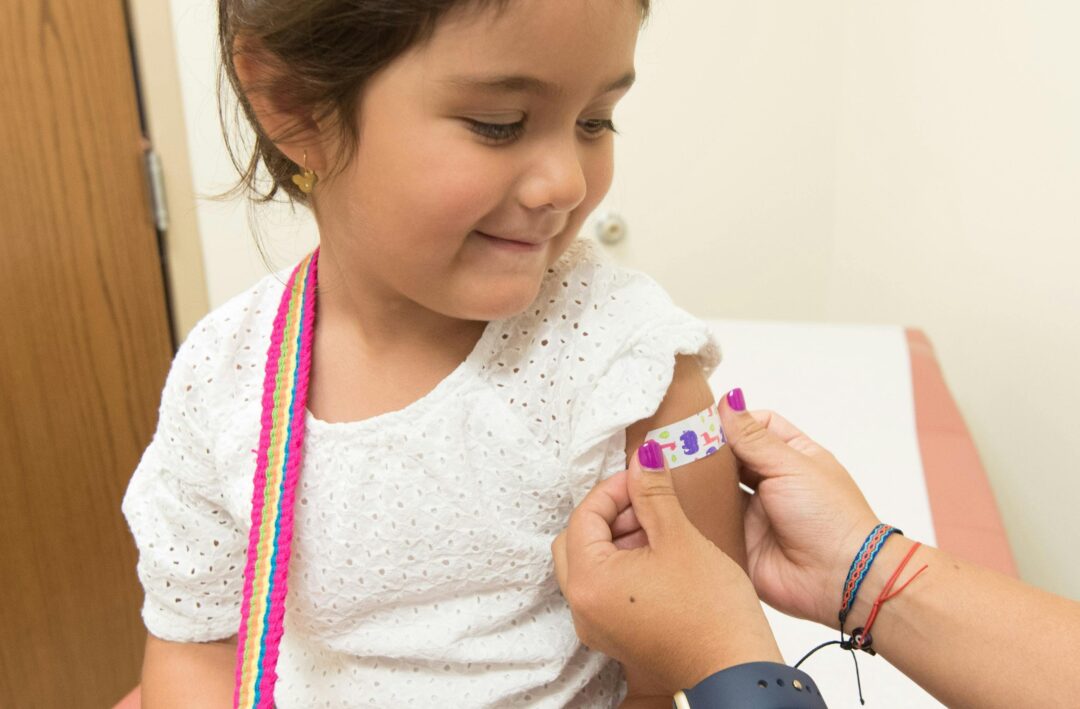Understanding differences in childhood vaccination uptake across regions in England


Understanding differences in childhood vaccination uptake across regions in England
Quick-read summary
Fewer young children are getting their routine vaccines in England, including the measles, mumps, and rubella (MMR) vaccine. This drop has contributed to new measles outbreaks across the country. Our study looked at how the COVID-19 pandemic affected vaccination rates across different parts of England, and whether some areas were more affected than others.
We found that vaccination rates were already declining before the pandemic, but the first COVID-19 lockdown caused an extra drop in uptake. The impact varied across regions and by levels of deprivation. For example, children living in the most deprived areas were less likely to receive their MMR vaccine after the lockdown. In some regions, vaccine uptake declined further, while in others it improved.
Key finding: Local differences matter. Areas with similar levels of deprivation did not always see the same changes, meaning a one-size-fits-all national approach may not be enough. Efforts to improve vaccination should take into account both deprivation and regional context.
A greater understanding of the link between deprivation across regions in England and childhood vaccination uptake can support policy, practice, and decision-making with regard to the childhood vaccination schedule. This is especially important when deciding whether to include more vaccines in the routine schedule.
Efforts to improve childhood vaccination uptake are needed to protect children from harmful diseases. The findings from this study can be used to identify the places where interventions are most needed to improve vaccination rates.
More details
What is the issue?
Vaccination protects children from getting serious illnesses and their related, long-term issues. However, in recent years, vaccination rates have been declining across the world, causing the diseases to spread. For example, measles, mumps and rubella (MMR) vaccination rates are falling in the UK, which has led to measles outbreaks in areas such as Birmingham. The COVID-19 pandemic may have made this situation worse, and we wanted to find out whether that was the case.
Research summary
What did the research find?
Why is this important?
The results show that COVID-19 did not cause a temporary disruption: there are sustained impacts in vaccination uptake, particularly for the MMR vaccine, and children in poorer areas are more likely to be affected, which could lead to more disease outbreaks in those areas. Also, national averages can hide big local differences; targeting interventions to the right places could prevent disease and reduce inequity.
Recommendations for policy and practice
What happens next?
Further research to understand why some regions were more resilient or better able to maintain vaccination uptake than others (e.g. what worked in regions that did well, or what barriers exist in those that did poorly).
Get in touch about this work
Email: [email protected]
Read the full research paper
Acknowledgements
This research was funded as part of a PhD scholarship, awarded by the National Institute for Health and Care Research (NIHR) Applied Research Collaboration (ARC) North East and North Cumbria (NENC).